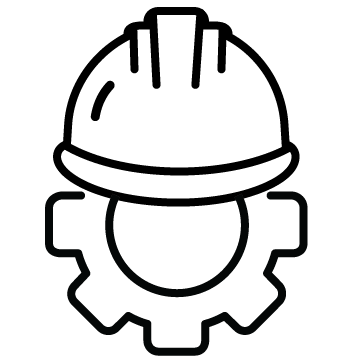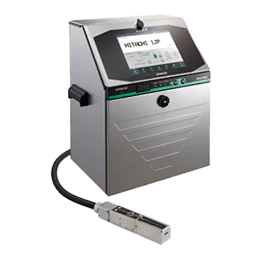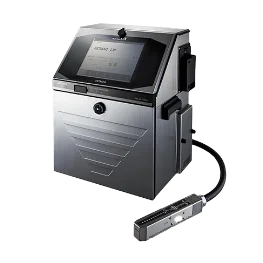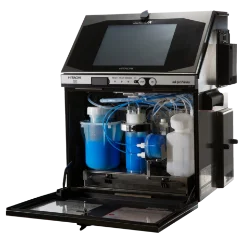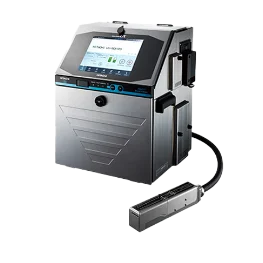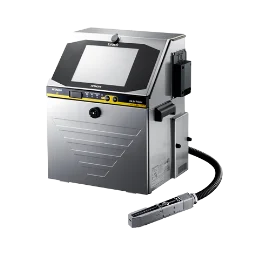Why Hitachi CIJ
Hitachi, as a climate change innovator, is dedicated to fostering sustainability and driving the realization of a carbon-neutral society in line with its Sustainable Development Goals (SDG). Through a multifaceted approach, Hitachi prioritizes key actions to ensure sustainable marking and coding solutions. This includes a steadfast commitment to energy efficiency, ensuring optimal use of resources and minimizing environmental impact, incorporating eco-friendly materials and inks, conducting rigorous life cycle assessments of its range of date coders or continuous inkjet (CIJ) printers, and much more.
Sustainability throughout the Life Cycle of Hitachi Printers
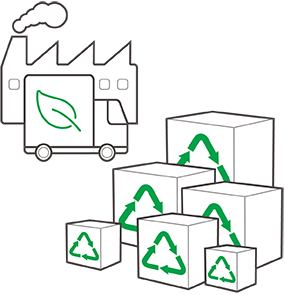
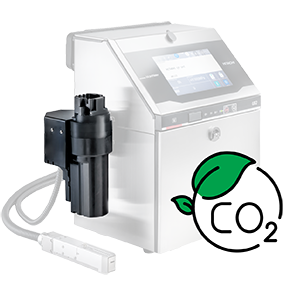
- Incorporating sustainable manufacturing practices such as waste reduction initiatives and efficient resource utilization.
- Utilizing clean energy sources: Hitachi manufacturing facilities prioritize the use of renewable energy sources such as solar and wind power, reducing carbon emissions associated with printer production.
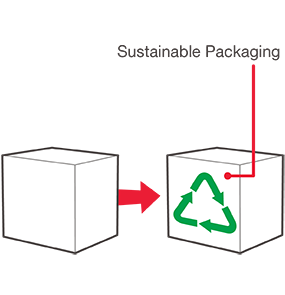
- Utilizing sustainable packaging materials such as corrugated cardboard and cardboard laminations minimizing waste and maximizing recycling.
- Hitachi designs packaging to be compact and lightweight, reducing the use of materials and transportation emissions.
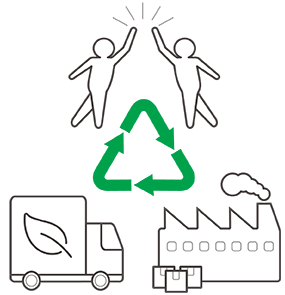
- Collaborating with suppliers who adhere to sustainable practices, ensuring responsible sourcing of materials.
- Hitachi utilizes supply chain control tower solutions to monitor and manage supply chain complexities, ensuring transparency and sustainability.
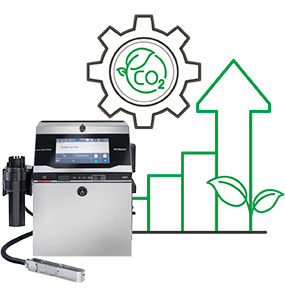
- Hitachi inkjet printers are designed to operate efficiently, minimizing energy consumption and reducing environmental impact during use.
- Hitachi promotes resource optimization in printer operations, such as paper and ink usage, to minimize waste and environmental footprint.
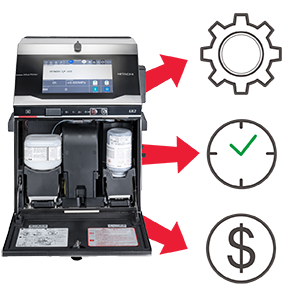
- Hitachi Continuous Inkjet (CIJ) printers are designed with easily replaceable parts and components, facilitating repairs and extending the lifespan of the printer.
- Hitachi offers upgradeable printer options, allowing clients to extend the usefulness of their printers without the need for replacement, reducing waste, and promoting resource efficiency.
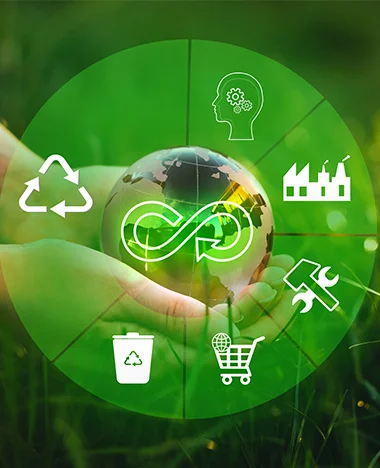
- Hitachi facilitates responsible recycling of inkjet printers at the end of their lifespan, ensuring that components and materials are reused or recycled to minimize waste and environmental impact.
- Hitachi explores closed-loop recycling initiatives, where materials from recycled printers are reintegrated into the manufacturing process, promoting circular economy principles and reducing resource consumption.
Procurement

Manufacturing
- Incorporating sustainable manufacturing practices such as waste reduction initiatives and efficient resource utilization.
- Utilizing clean energy sources: Hitachi manufacturing facilities prioritize the use of renewable energy sources such as solar and wind power, reducing carbon emissions associated with printer production.

Packaging
- Utilizing sustainable packaging materials such as corrugated cardboard and cardboard laminations minimizing waste and maximizing recycling.
- Hitachi designs packaging to be compact and lightweight, reducing the use of materials and transportation emissions.

Supply Chain
- Collaborating with suppliers who adhere to sustainable practices, ensuring responsible sourcing of materials.
- Hitachi utilizes supply chain control tower solutions to monitor and manage supply chain complexities, ensuring transparency and sustainability.

Operations
- Hitachi inkjet printers are designed to operate efficiently, minimizing energy consumption and reducing environmental impact during use.
- Hitachi promotes resource optimization in printer operations, such as paper and ink usage, to minimize waste and environmental footprint.

Repair & Upgrade
- Hitachi Continuous Inkjet (CIJ) printers are designed with easily replaceable parts and components, facilitating repairs and extending the lifespan of the printer.
- Hitachi offers upgradeable printer options, allowing clients to extend the usefulness of their printers without the need for replacement, reducing waste, and promoting resource efficiency.

Recycle
- Hitachi facilitates responsible recycling of inkjet printers at the end of their lifespan, ensuring that components and materials are reused or recycled to minimize waste and environmental impact.
- Hitachi explores closed-loop recycling initiatives, where materials from recycled printers are reintegrated into the manufacturing process, promoting circular economy principles and reducing resource consumption.

Invest in a Sustainable Coding Future
Our mission is to resolve environmental issues and achieve a higher quality of life through a more sustainable society.

Sustainable Design
Hitachi prioritizes sustainability by designing inkjet printers that are easily upgradeable or repairable, prolonging the lifespan of the printer and minimizing electronic waste.
 Sustainable Design
Sustainable Design
Hitachi prioritizes sustainability by designing inkjet printers that are easily upgradeable or repairable, prolonging the lifespan of the printer and minimizing electronic waste.
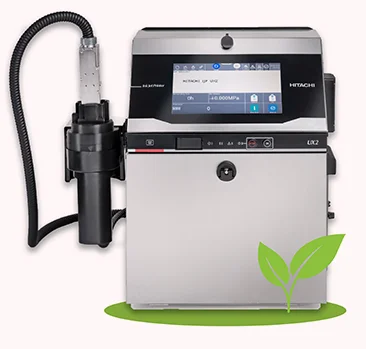

Energy-Efficiency
Hitachi CIJ printers are engineered with energy-saving features, empowering users to minimize electricity usage during operation. Thanks to the pump design, the power consumption of the printer when printing is already one of the lowest at 73VA. Moreover, the Hitachi UX2 series also incorporates a selectable power save mode that either dims or turns off the touch screen after 3 minutes when it’s not being programmed, further reducing your energy bills and carbon footprint.
 Energy-Efficiency
Energy-Efficiency
Hitachi CIJ printers are engineered with energy-saving features, empowering users to minimize electricity usage during operation. Thanks to the pump design, the power consumption of the printer when printing is already one of the lowest at 73VA. Moreover, the Hitachi UX2 series also incorporates a selectable power save mode that either dims or turns off the touch screen after 3 minutes when it’s not being programmed, further reducing your energy bills and carbon footprint.

MEK-Free Inks (Eco-friendly Inks)
Hitachi printers utilize safe and sustainable ink formulations such as petroleum-based fluids, and MEK (methyl ethyl ketone) free inks, minimizing environmental impact, and promoting workplace safety. The MEK-Free inks are designed to operate with UX2 series printers & offer a sustainable alternative to standard inks that can reduce the frequency of refills and the level of emissions - thereby cutting your cartridge waste by up to a third.
 MEK-Free Inks (Eco-friendly Inks)
MEK-Free Inks (Eco-friendly Inks)
Hitachi printers utilize safe and sustainable ink formulations such as petroleum-based fluids, and MEK (methyl ethyl ketone) free inks, minimizing environmental impact, and promoting workplace safety. The MEK-Free inks are designed to operate with UX2 series printers & offer a sustainable alternative to standard inks that can reduce the frequency of refills and the level of emissions - thereby cutting your cartridge waste by up to a third.
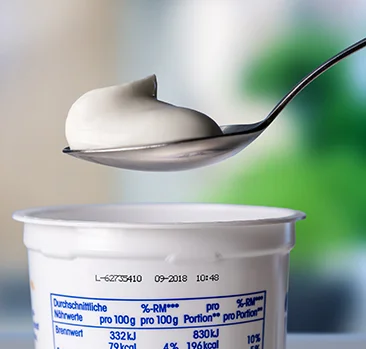

EPA Compliance
The UX2 series employs innovative and sustainable pump technology that not only ensures high reliability and lower operating cost, it also reduces VOC (volatile organic compounds) emissions by restricting the amount of air being sucked into the ink circuit at the printhead, thereby ensuring compliance with Environmental Planning and Assessment (EPA) Regulations.
 EPA Compliance
EPA Compliance
The UX2 series employs innovative and sustainable pump technology that not only ensures high reliability and lower operating cost, it also reduces VOC (volatile organic compounds) emissions by restricting the amount of air being sucked into the ink circuit at the printhead, thereby ensuring compliance with Environmental Planning and Assessment (EPA) Regulations.

Safe-Clean Station
A safe operating environment is important for all manufacturing employees. Hitachi has created an innovative automated printhead cleaning station, that not only keeps operators free from fluid contamination but also professionally cleans the printhead using the minimum amount of fluid. This means significant time savings and reduction of waste liquid, thereby minimizing the CO2 footprint.
 Safe-Clean Station
Safe-Clean Station
A safe operating environment is important for all manufacturing employees. Hitachi has created an innovative automated printhead cleaning station, that not only keeps operators free from fluid contamination but also professionally cleans the printhead using the minimum amount of fluid. This means significant time savings and reduction of waste liquid, thereby minimizing the CO2 footprint.
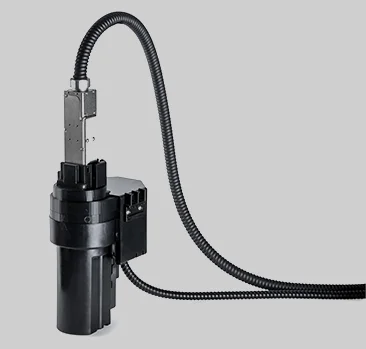

Efficient Ink Usage
Hitachi inkjet printers incorporate temperature-controlled pumps to optimize solvent and ink consumption, minimizing environmental impact. Additionally, Hitachi's printer cartridges are designed for efficient ink usage, further reducing environmental impact.
 Efficient Ink Usage
Efficient Ink Usage
Hitachi inkjet printers incorporate temperature-controlled pumps to optimize solvent and ink consumption, minimizing environmental impact. Additionally, Hitachi's printer cartridges are designed for efficient ink usage, further reducing environmental impact.
Packaging Applications
Our industrial CIJ printers excel in printing on various substrates and materials that are used in primary and secondary packaging, including flexible and rigid plastics, different types of metals, glass, cardboard, wood, paper, films, foils, and more, ensuring clear and precise codes for optimal product identification & traceability.

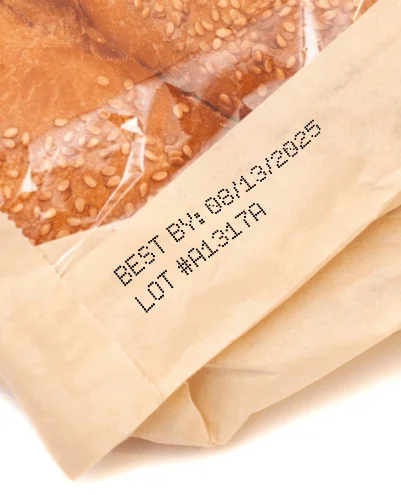
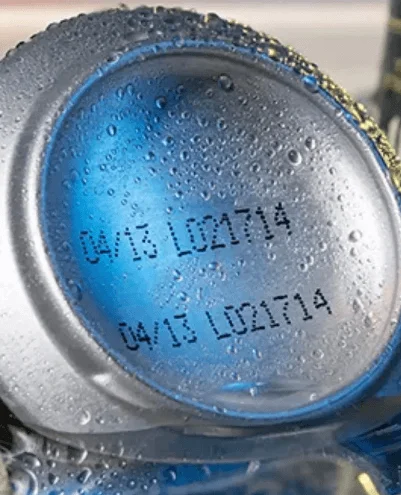

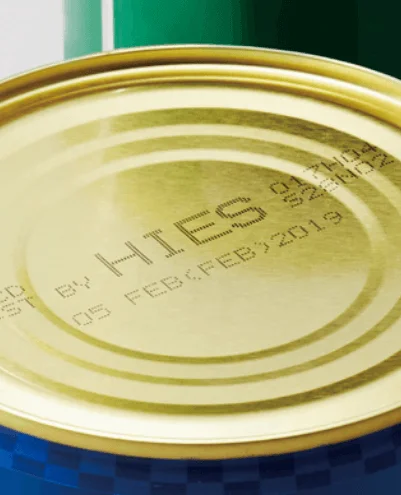
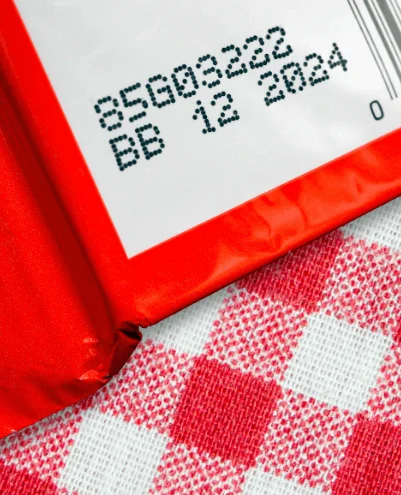
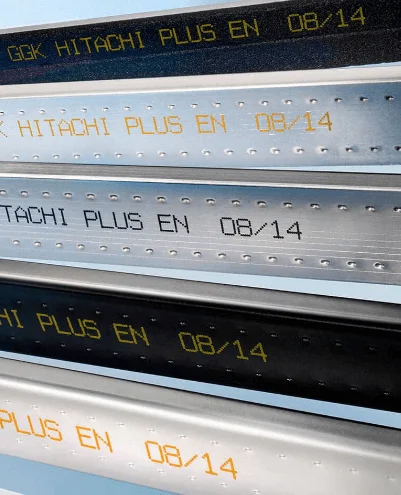
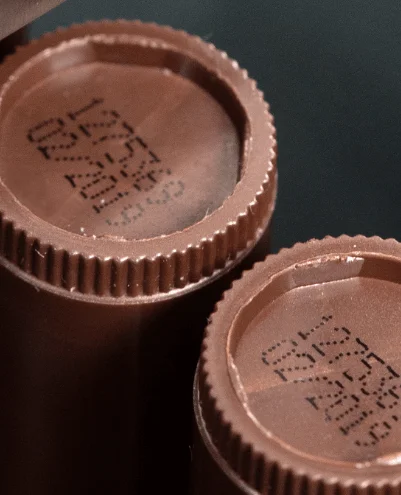
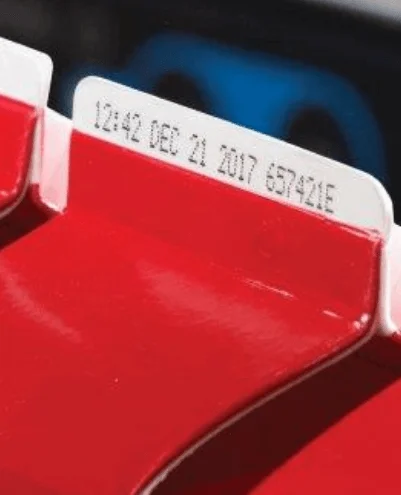
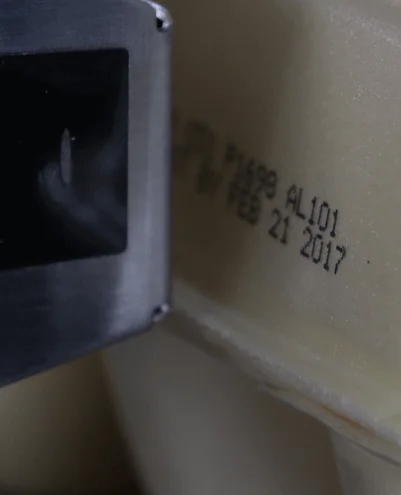
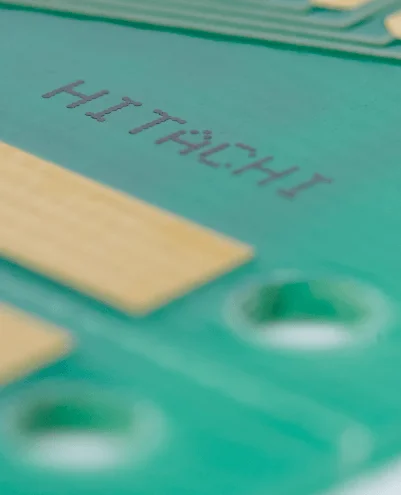

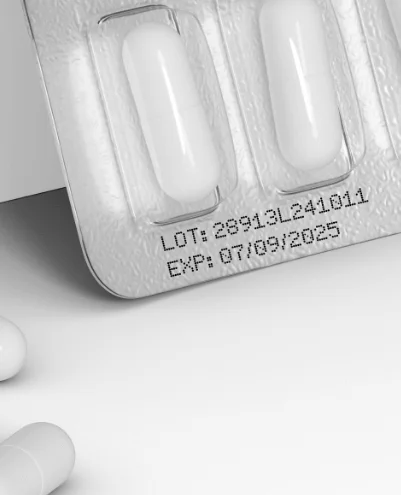
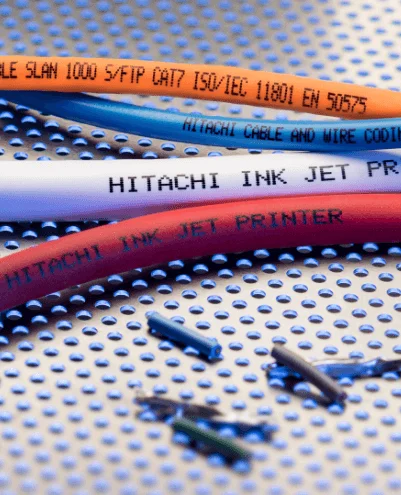
Get in Touch
Connect with our knowledgeable team of technical experts to discuss your specific requirements and explore how Hitachi's Marking & Coding solutions can address your unique industry challenges and goals. To book a product demo or for any other query on our industrial printing solutions, leave a comment, and we'll reach out to you as soon as possible.
The fields indicated with an asterisk (*) are required.

 Hitachi Industrial Equipment & Solutions America, LLC
Hitachi Industrial Equipment & Solutions America, LLC

 Request A Free Demo
Request A Free Demo
 Print Sample Request
Print Sample Request
 Video Gallery
Video Gallery
 CIJ Replacement Program
CIJ Replacement Program





